< 1947 main
The "Flying Saucer EEI" - Continued
Around the first week of July 1947, early witness Kenneth Arnold furnished this sketch of his "flying saucers" to Air Materiel Command:
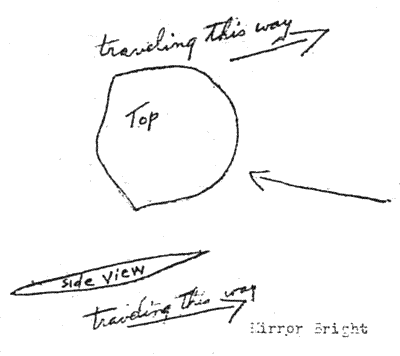
Later, however, he produced a quite different concept:
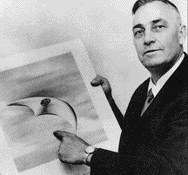
This vehicle had a startling resemblance to a German flying wing glider built in 1937 -- the Horten "Parabola," which was never flown...
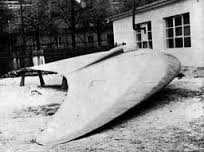
About two weeks before Arnold's sighting, T-2 had received an intelligence report from the US Military Attache in Moscow that contained a tale of dubious reliability about a fleet of Russian bombers based on the Horten VIII, large flying wing similar to the US Northrop XB-35. This report probably gave the early T-2 investigation of the saucer phenomenon much of its initial momentum.
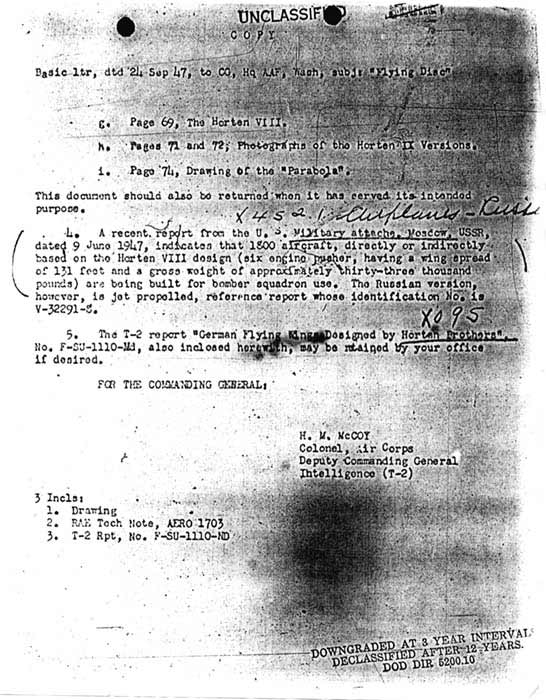
Actually, the Horten Ho 8 was a propeller-driven transport, not a bomber. The Horten concept closest to what is described in the memo was the Ho 18, a six-jet, intercontinental-range bomber specifically designed to attack the US from Europe.
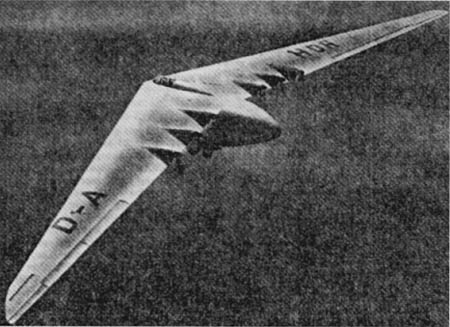 |
Ho 8 transport |
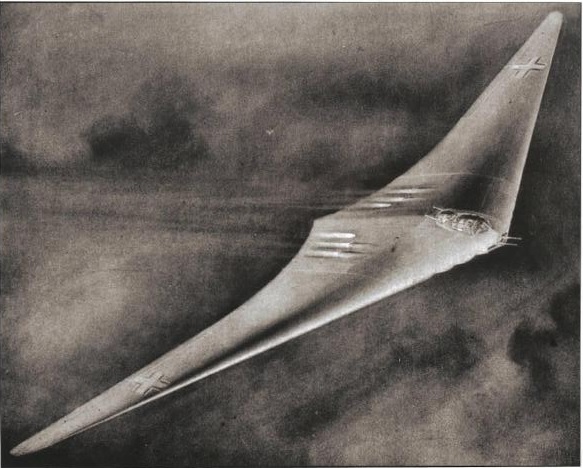 |
Ho 18 intercontinental jet bomber |
This type of confusion was characteristic of the output of T-2 Intelligence at the time, which was still sorting out the details of the menagerie of wartime German projects described in the Project Lusty material. Complicating this confusion was the almost complete lack of reliable intelligence on new Soviet air developments. In 1948, Col McCoy would admit to his superiors that ninety-five percent of T-2's intelligence on new Soviet aircraft came from watching overflights at their military airshows! T-2 was operating in a knowledge vacuum which would contribute to the ongoing concern about flying saucer-type aircraft.
In October, based on the story of the possible Horten-derived Soviet jet bomber fleet, and combined with Loedding's BLC theories, AMC constructed an "EEI on Alleged 'Flying Saucer'" aircraft that envisioned a craft much like "Martin's" early July sketch. The Flying Saucer EEI described a Horten Parabola-like aircraft, apparently circular or oval in planform, that was probably propelled by an engine of advanced characteristics, possibly used the engine thrust for control purposes, and was capable of both very high-speed, high-altitude flight and near-hovering: